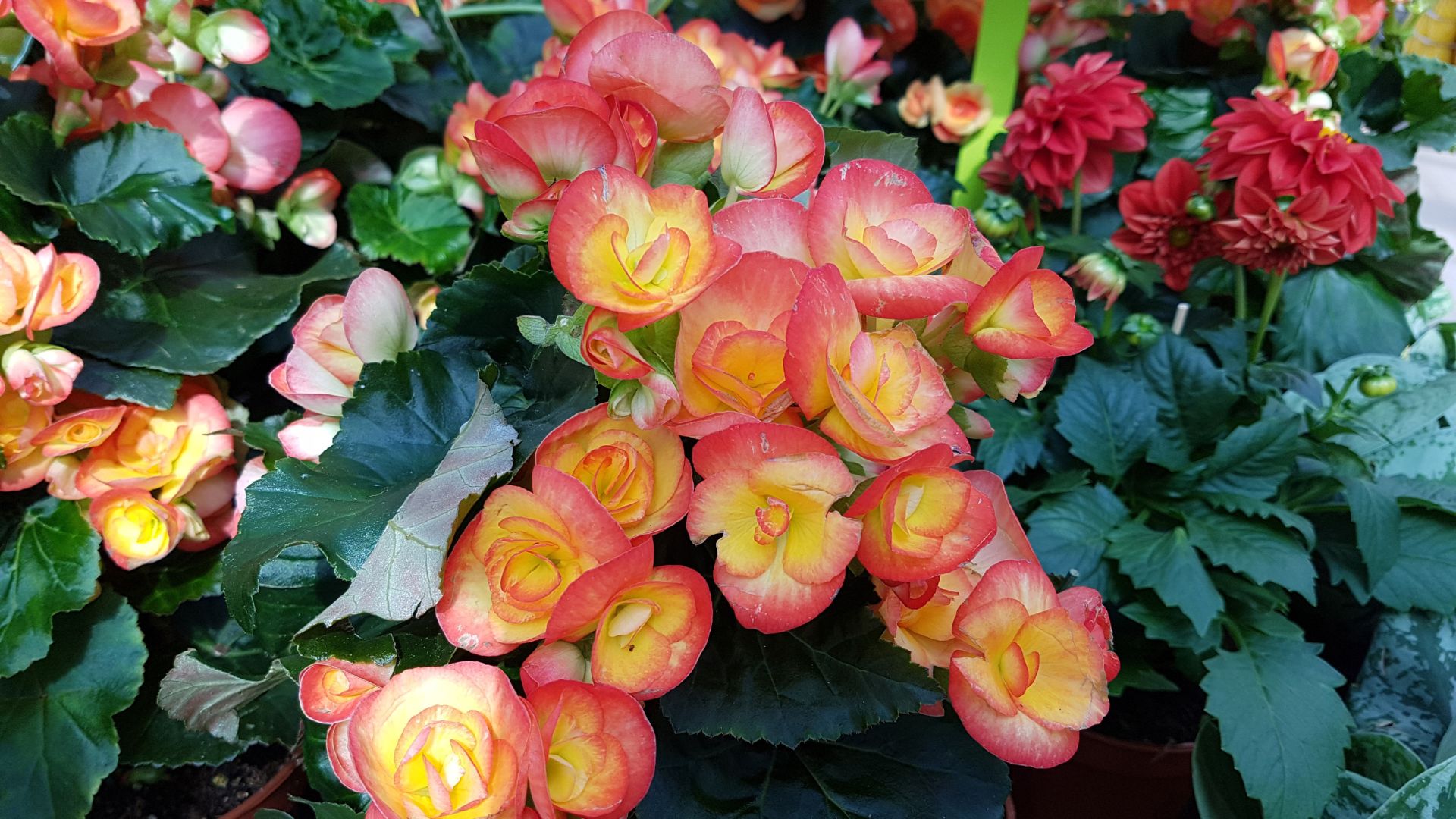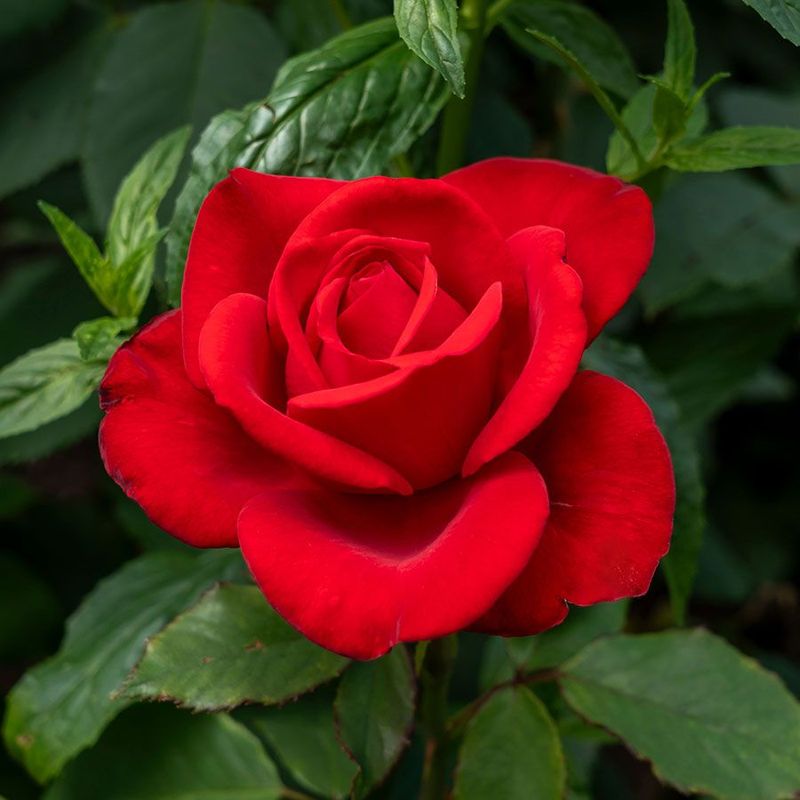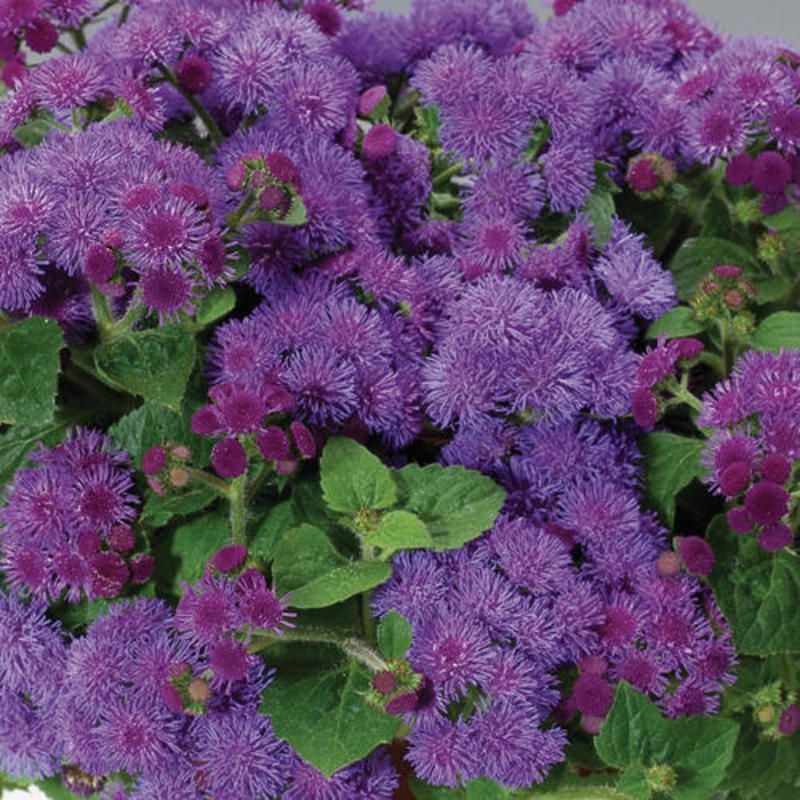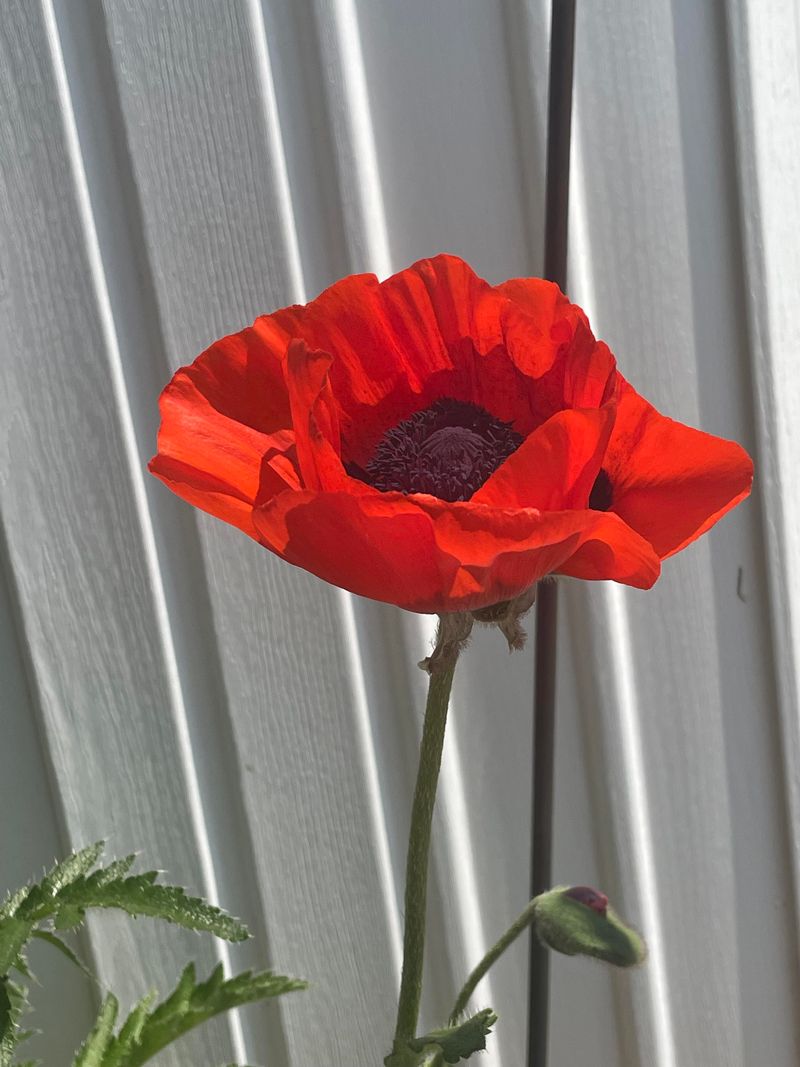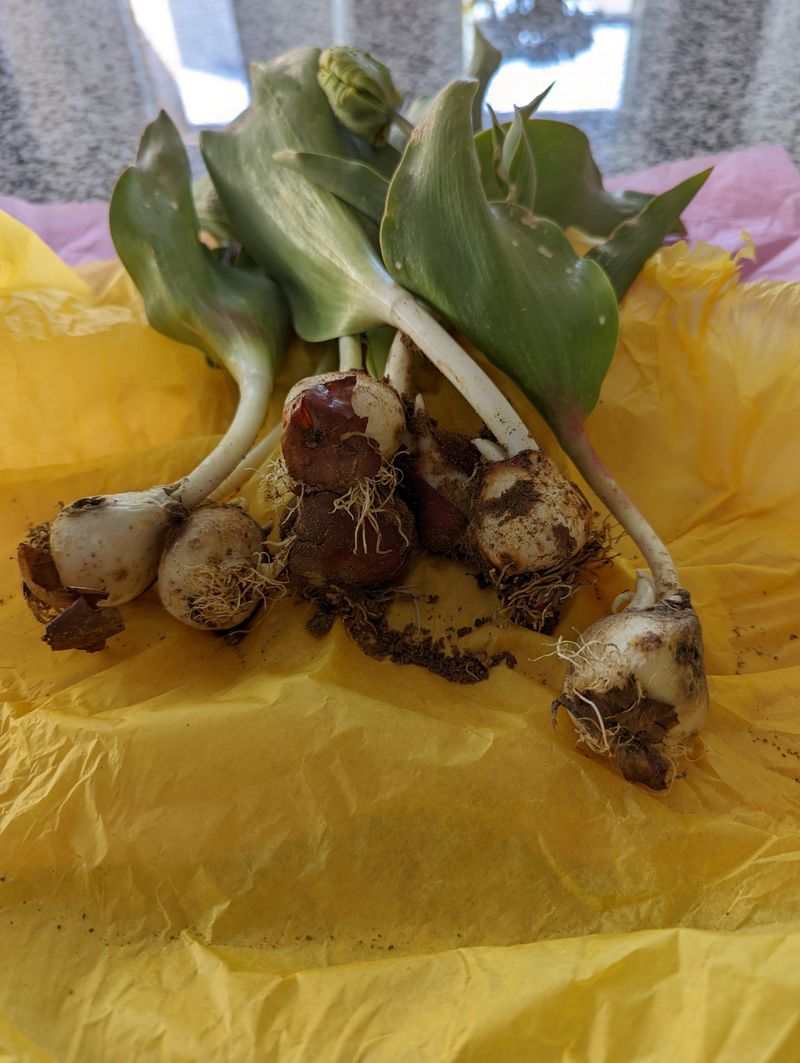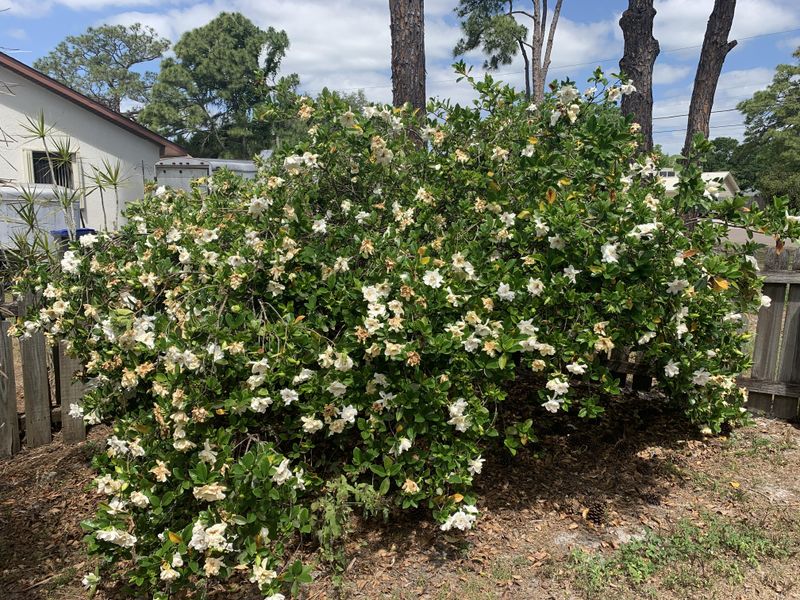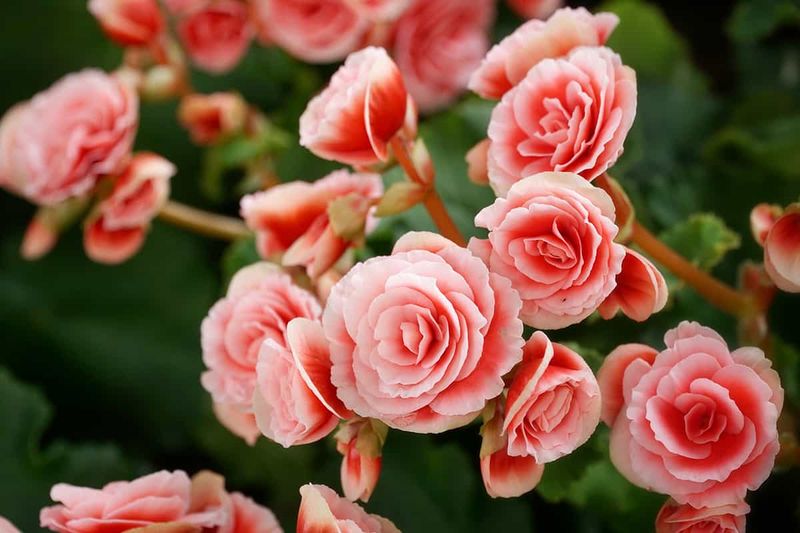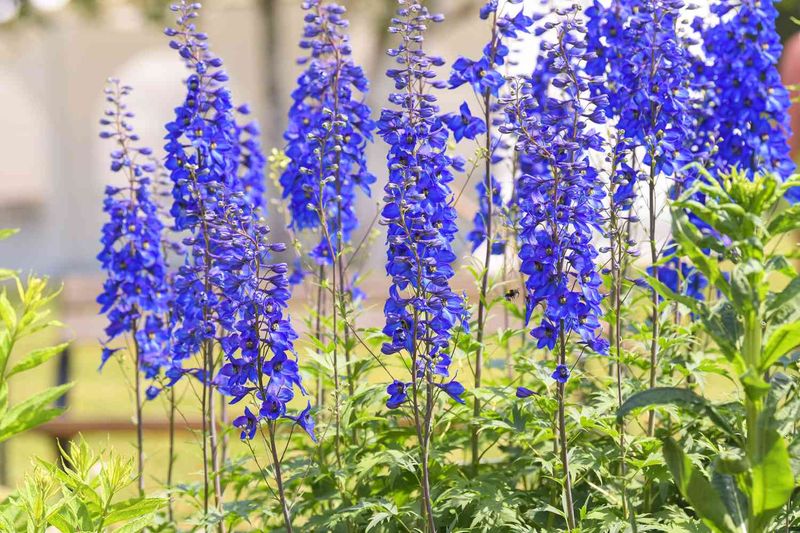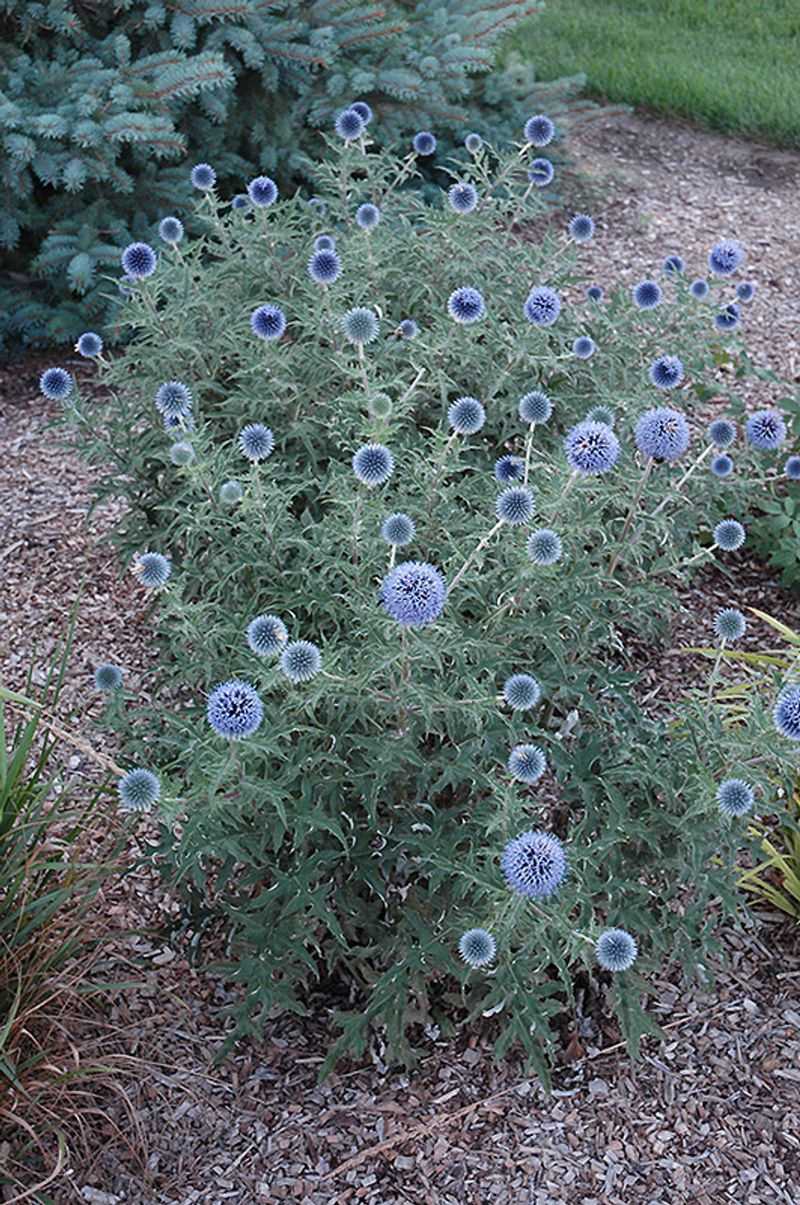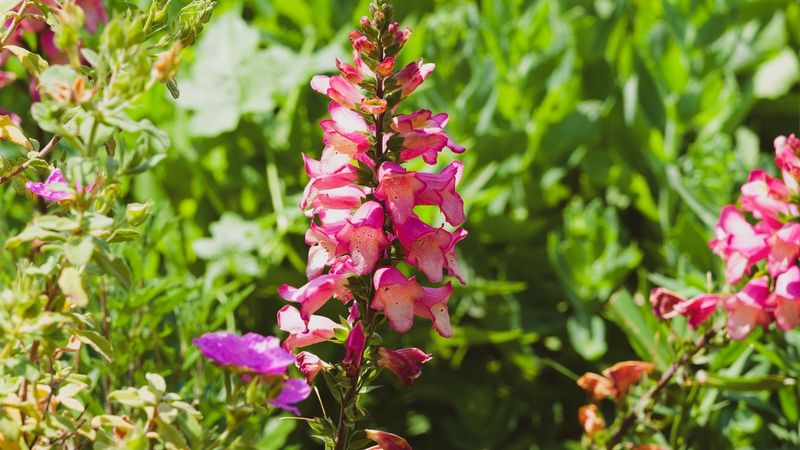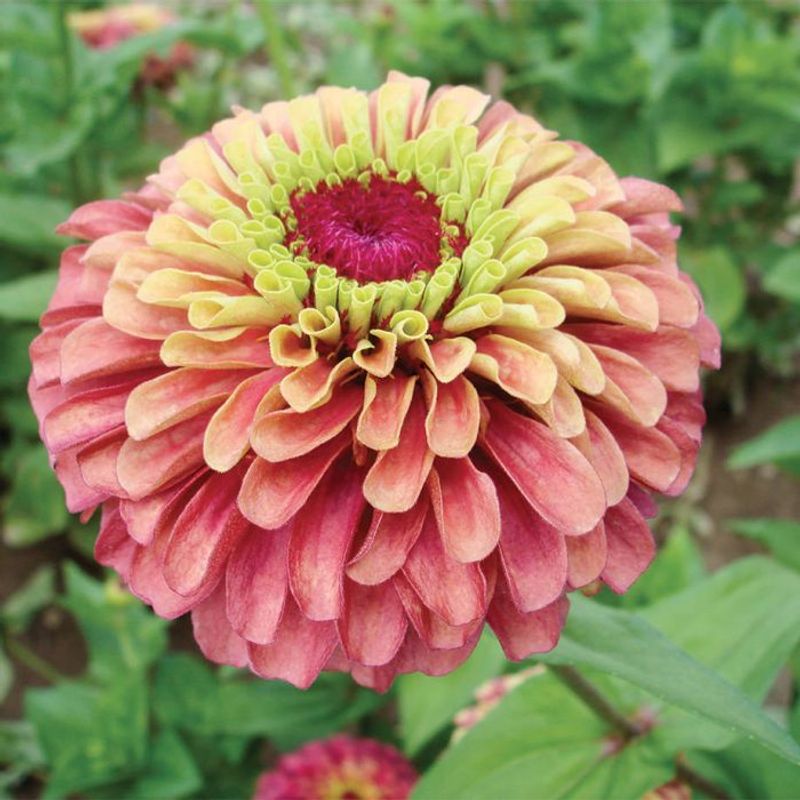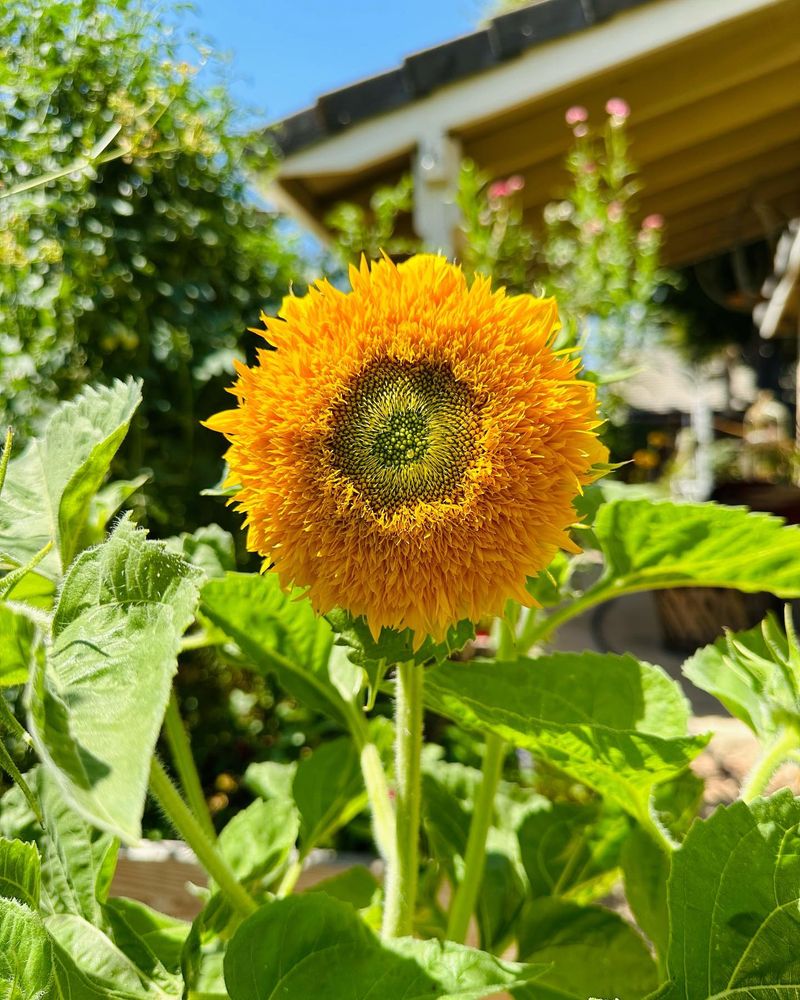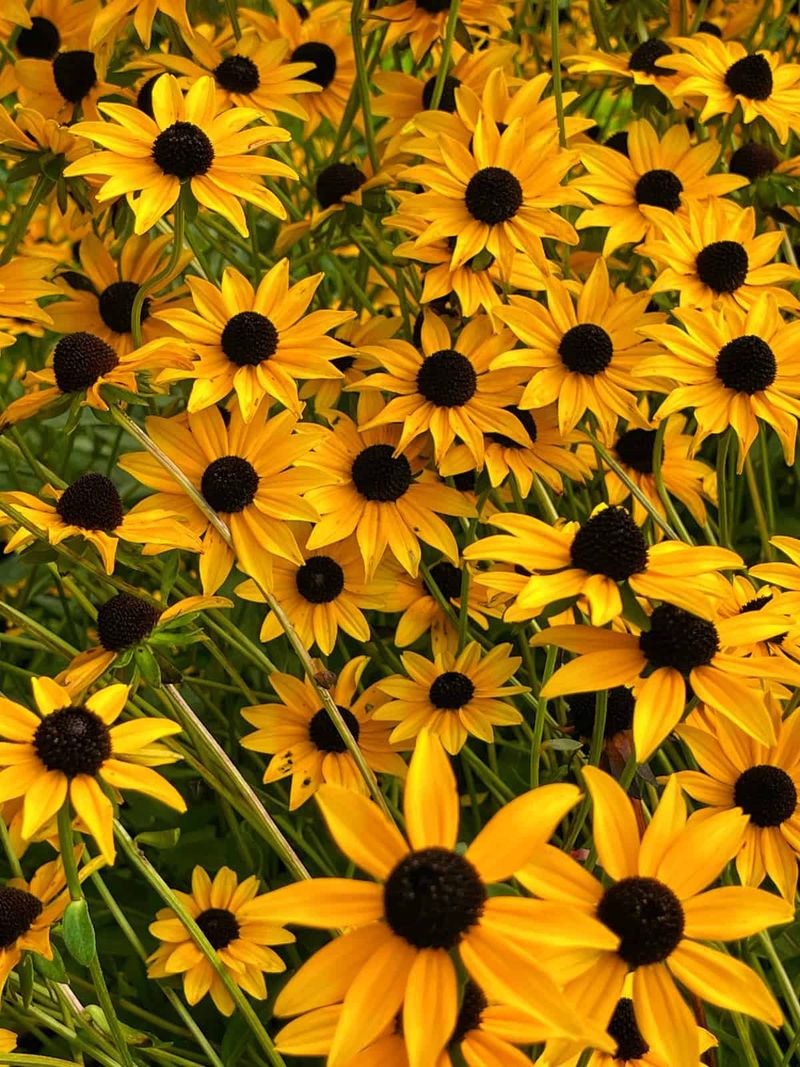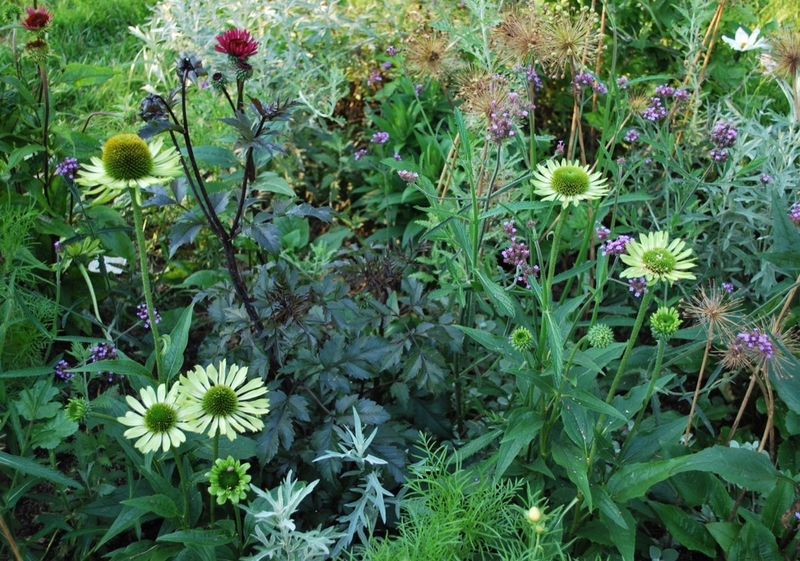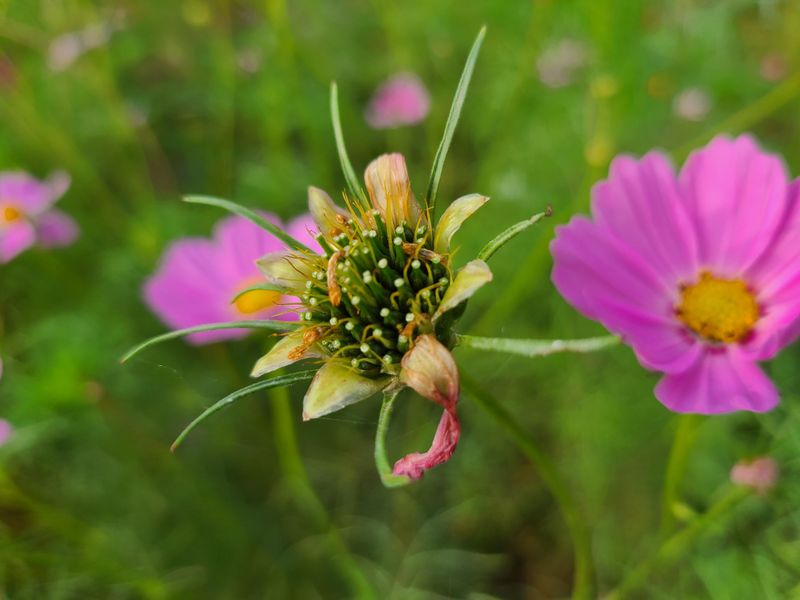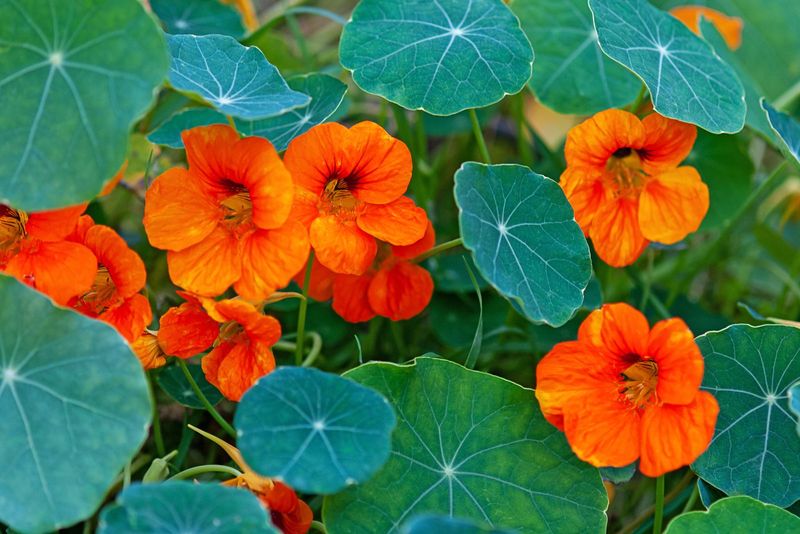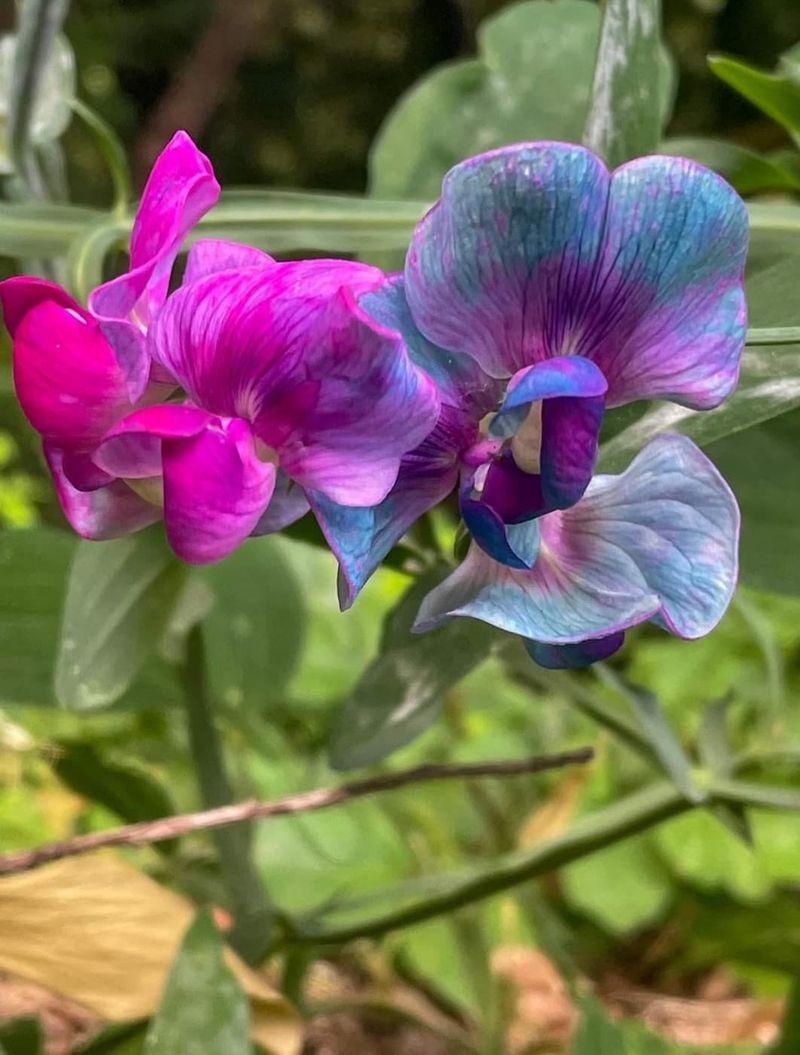Ever stood in a garden center, staring at price tags that make you wince? I’ve definitely had those moments—tempted by a fancy plant, then walking away with an empty wallet and a not-so-impressive bloom. It’s frustrating when the price doesn’t match the payoff.
So many gardeners spend big on flowers that promise a wow factor but end up being total letdowns. Whether they barely bloom, die off quickly, or just don’t live up to the hype, it’s money down the drain. I’ve learned (sometimes the hard way) that expensive doesn’t always mean better.
The good news? You don’t need to break the bank to have a stunning garden. There are plenty of budget-friendly flowers that are just as beautiful—if not more—and way easier to grow. Let’s take a look at 12 overpriced plants to skip and 5 smart swaps that actually deliver.
1. Hybrid Tea Roses
Hybrid tea roses command premium prices at nurseries, often costing $25-40 per plant. Despite their reputation, these roses frequently struggle with black spot, powdery mildew, and require constant maintenance. Many gardeners find themselves disappointed when these expensive specimens fail to thrive.
Garden centers rarely mention the extensive care regimen these prima donnas demand. Weekly fungicide applications, specialized pruning, and winter protection are just the beginning.
Consider Knock Out roses instead. At half the price, these hardy alternatives bloom continuously from spring until frost without the fussy care requirements. They resist disease naturally and produce masses of flowers even when neglected, giving you far more color per dollar spent.
2. Lily Of The Valley
Lily of the Valley pips sell for up to $15 per plant, making a small patch surprisingly expensive. Despite their hefty price tag, these spring bloomers flower briefly for just two weeks, then disappear until next year. The small white bells, while fragrant, make minimal visual impact in garden beds.
Garden centers rarely emphasize how aggressively these plants spread once established. What starts as a costly investment often becomes an invasive nightmare that crowds out other plants. Their toxic nature also makes them dangerous in gardens with children or pets.
Sweet alyssum offers a safer, more economical choice at $3-4 per plant. This low-growing annual produces clouds of tiny white flowers with honey-like fragrance from spring through fall. It self-seeds readily, costs a fraction of Lily of the Valley, and provides months of continuous blooms rather than just weeks.
3. Oriental Poppies
Oriental poppies command prices of $15-20 per plant, yet deliver disappointingly brief performances. These expensive perennials bloom for barely 7-10 days before their petals drop. After flowering, they leave unsightly gaps in your garden as their foliage yellows and dies back completely by midsummer.
Nurseries rarely mention the dormancy period that follows their brief flowering. You’re essentially paying a premium price for a plant that disappears for half the growing season, leaving empty spaces that need filling with other plants – an additional expense.
California poppies offer a wallet-friendly alternative at just $2-3 per seed packet. These cheerful annuals bloom for months rather than days, self-seed readily for years of returns, and maintain attractive feathery foliage throughout the season. Their drought tolerance means less watering and maintenance too.
4. Tulip Bulbs
Premium tulip varieties can cost $1-2 per bulb, meaning a modest display might set you back $50-100. Unlike other bulbs that multiply and return year after year, most tulips gradually decline after their first season. Many gardeners don’t realize they’re essentially buying expensive annuals.
Garden centers promote tulips as perennials, but in most climates, they rarely perform well beyond their debut season. Specialty varieties often revert to less impressive forms or stop blooming entirely. The short flowering period of just 1-2 weeks makes their cost-per-day of enjoyment remarkably high.
Daffodils make smarter investments at similar initial prices. These tough bulbs multiply yearly, creating larger displays over time rather than diminishing. They resist deer and rodent damage, bloom reliably for decades with zero maintenance, and cost effectively nothing per bloom after their first season.
5. Gardenia Shrubs
Gardenia shrubs typically cost $25-40 each, yet fail to thrive in most gardens. These temperamental plants demand perfect soil acidity, consistent moisture, and protection from both hot afternoon sun and cold temperatures. Most gardeners watch their expensive purchase slowly decline despite their best efforts.
Nurseries rarely disclose how susceptible gardenias are to spider mites, whiteflies, and sooty mold. Their infamous yellow leaves signal the many ways these plants struggle outside their native habitats. The brief flowering period hardly justifies their high maintenance requirements and price tag.
Mexican orange blossom (Choisya ternata) offers a resilient alternative at half the price. This easy-growing shrub produces fragrant white flowers twice yearly on glossy evergreen foliage. It tolerates various soil types, resists pests naturally, and requires almost no special care while providing similar aesthetic benefits.
6. Tuberous Begonias
Premium tuberous begonias cost $8-15 per tuber, yet require extraordinary care to perform well. These fussy flowers need perfect drainage, filtered light, and consistent moisture without getting their leaves wet. One hot afternoon can scorch them; one cold night can kill them.
Garden centers rarely mention the extra expense of lifting and storing the tubers each fall in most climates. Without this labor-intensive process, your investment disappears with the first frost. Their susceptibility to powdery mildew and rot further complicates their care requirements.
Impatiens deliver similar color impact for just $3-4 per six-pack. These shade-loving annuals provide non-stop blooms from spring until frost without the fussy care. Their self-cleaning habit eliminates deadheading, and their ability to root where stems touch soil means one plant can expand to fill large areas.
7. Bird Of Paradise
Bird of Paradise plants retail for $30-75 each yet rarely flower indoors or in most garden settings. These tropical specimens demand perfect conditions and typically take 4-5 years to produce their first bloom, if they flower at all.
Retailers downplay how much space these plants eventually require. A mature specimen needs 5-6 feet of clearance, making them impractical for average gardens. Their sensitivity to cold means they need moving indoors in most climates, creating additional logistical challenges.
Canna lilies offer similar tropical flair for $5-8 per rhizome. These fast-growing plants produce dramatic foliage and flowers in their very first season. They multiply rapidly, can be easily divided to create more plants, and their bold flowers appear continuously throughout summer rather than rarely or never.
8. Delphinium Towers
Delphinium plants cost $15-20 each, yet these short-lived perennials often perform for just 2-3 years before declining. Their tall flower spikes need staking to prevent wind damage, creating additional work and expense. Despite their high price, many gardeners find them frustratingly difficult to maintain.
Garden centers rarely mention how delphinium plants struggle in hot, humid climates or how quickly they decline after flowering. Their susceptibility to powdery mildew, crown rot, and slug damage means many plants fail to return after their first season, despite being sold as perennials.
Larkspur (annual delphinium) provides nearly identical flowers for just $2-3 per seed packet. These easy-growing annuals reach similar heights, produce the same stunning blue spires, and self-seed readily for years of continuous displays.
9. Globe Thistle
Globe thistle plants retail for $12-18 each, yet produce relatively few of their signature blue spherical flowers per season. These expensive perennials take up considerable garden space with their large, coarse foliage, but the floral display rarely justifies the real estate they command.
Garden centers don’t mention how quickly the metallic blue color fades to an unimpressive gray. The plants themselves tend to flop in rich soil, creating messy displays that require staking. Their tendency to self-seed means you’ll spend time removing unwanted seedlings from surrounding areas.
Sea holly (Eryngium) delivers similar architectural interest for $10-12 per plant. These drought-tolerant perennials produce more numerous blue flowers that hold their color longer. Their smaller footprint allows for more plants per square foot, creating greater impact for less investment.
10. Foxglove Hybrids
Hybrid foxglove plants sell for $10-15 each, yet most varieties bloom for just one season despite being labeled as perennials. These expensive specimens produce a single flower spike in their first year, then frequently disappear from gardens. The brief flowering period hardly justifies their premium price tag.
Retailers rarely clarify that many foxglove varieties are actually biennials or short-lived perennials. After investing in multiple plants for a dramatic display, gardeners are disappointed when they must replace them the following season.
Common snapdragons cost just $2-3 per six-pack and produce similar spired flowers in the same color range. These affordable annuals bloom repeatedly throughout the season when deadheaded, unlike foxgloves’ one-and-done display.
11. Zinnia ‘Queen Red Lime’
This trendy zinnia variety costs $5-7 per plant or $4-5 per seed packet with just 10-15 seeds. Despite the premium price, the unusual coloration often disappoints, appearing muddy rather than striking in garden settings.
Seed companies don’t mention how this finicky variety grows leggy and produces fewer blooms than standard zinnias. The unusual coloration is also inconsistent, with many plants reverting to standard pink or green forms.
Standard zinnia mixes provide greater garden impact for just $2 per packet containing 50-100 seeds. These workhorse flowers bloom abundantly all summer, attract more pollinators, and come in clear, bright colors that create more visual punch.
12. Sunflower ‘Teddy Bear’
This novelty sunflower costs just $3-4 per seed packet, but delivers minimal garden impact despite the cute name. Unlike traditional sunflowers that make bold statements, these dwarf varieties produce small, fluffy blooms that get lost in garden settings.
What seed packets don’t emphasize is how these specialty sunflowers lack the drama and presence of their taller cousins. The novelty of their unusual form wears off quickly when you realize how little they contribute to your garden’s overall appearance.
Standard single-flowered sunflower varieties create much greater impact for the same price or less. Traditional varieties like ‘Russian Mammoth’ produce massive flowers atop impressive 8-10 foot stalks that create genuine garden focal points.
13. Black-Eyed Susan
Black-eyed Susans might seem like garden bargains at $8-10 per plant, but these common natives offer little excitement for the cost. Despite their affordability compared to some flowers, they still represent poor value for their limited visual impact.
Garden centers promote them as care-free perennials but rarely mention how quickly they form overcrowded clumps requiring division. Their aggressive self-seeding means you’ll spend time pulling unwanted seedlings.
Coreopsis provides similar daisy-shaped flowers in a wider color range for the same price point. These hardworking perennials bloom for months rather than weeks, with newer varieties offering sunset hues, bicolors, and red tones that basic Black-eyed Susans can’t match.
14. Echinacea ‘Green Jewel’
Specialty coneflower varieties like ‘Green Jewel’ command prices of $15-20 per plant, yet often fail to maintain their unusual colors. Many gardeners discover these expensive cultivars revert to ordinary purple forms after a season or two.
Nurseries rarely disclose how these highly bred varieties lack the vigor of traditional purple coneflowers. They’re more susceptible to disease, less reliable at returning each spring, and produce fewer flowers per plant.
Common purple coneflowers cost just $5-8 per plant and actually outperform their expensive cousins. These native workhorses produce more flowers, attract more pollinators, and return reliably for years without special care.
15. Cosmos Seeds
Cosmos seeds cost just $2-3 per packet containing hundreds of seeds. These easy-growing annuals germinate readily and produce masses of daisy-like flowers in pink, white, and crimson from early summer until frost.
Unlike many expensive perennials, cosmos bloom continuously from 10-12 weeks after sowing until killed by frost. Deadheading extends their flowering season, though they’ll continue producing even without this maintenance.
For the price of a single hybrid perennial plant, you can sow an entire garden with cosmos. They attract butterflies and beneficial insects, make excellent cut flowers, and self-seed moderately without becoming invasive.
16. Nasturtiums
Nasturtium seeds cost under $3 per packet yet deliver extraordinary garden value. These versatile annuals produce circular leaves and trumpet-shaped flowers in sunset hues from yellow to deep red. Unlike many expensive flowers, every part of nasturtiums is edible.
Garden centers rarely promote how these tough plants thrive in poor soil. Their ability to bloom abundantly without fertilizer (actually producing more flowers in lean conditions) means less maintenance and expense. The trailing varieties cascade beautifully from containers while bushy types form colorful ground covers.
One packet of nasturtium seeds can fill multiple garden areas with color for the entire growing season. They germinate easily when directly sown, require minimal care once established, and their distinctive round leaves add interest even before flowering begins.
17. Sweet Peas
Sweet pea seeds cost just $3-4 per packet yet produce some of the most fragrant flowers in the garden. Unlike many expensive cut flowers, these climbing annuals offer incredible scent that expensive roses can’t match.
Many gardeners don’t realize how productive sweet peas are when properly grown. A single packet of seeds can produce hundreds of stems for cutting, with more blooms appearing the more you harvest. Their vertical growth habit means they take up minimal ground space while producing maximum flowers.
For the price of one hybrid tea rose plant, you could grow dozens of sweet pea vines. They make ideal cut flowers, lasting several days in vases and filling rooms with their honey-almond fragrance. Heirloom varieties offer the strongest scents, while modern types extend the blooming season into warmer weather.

